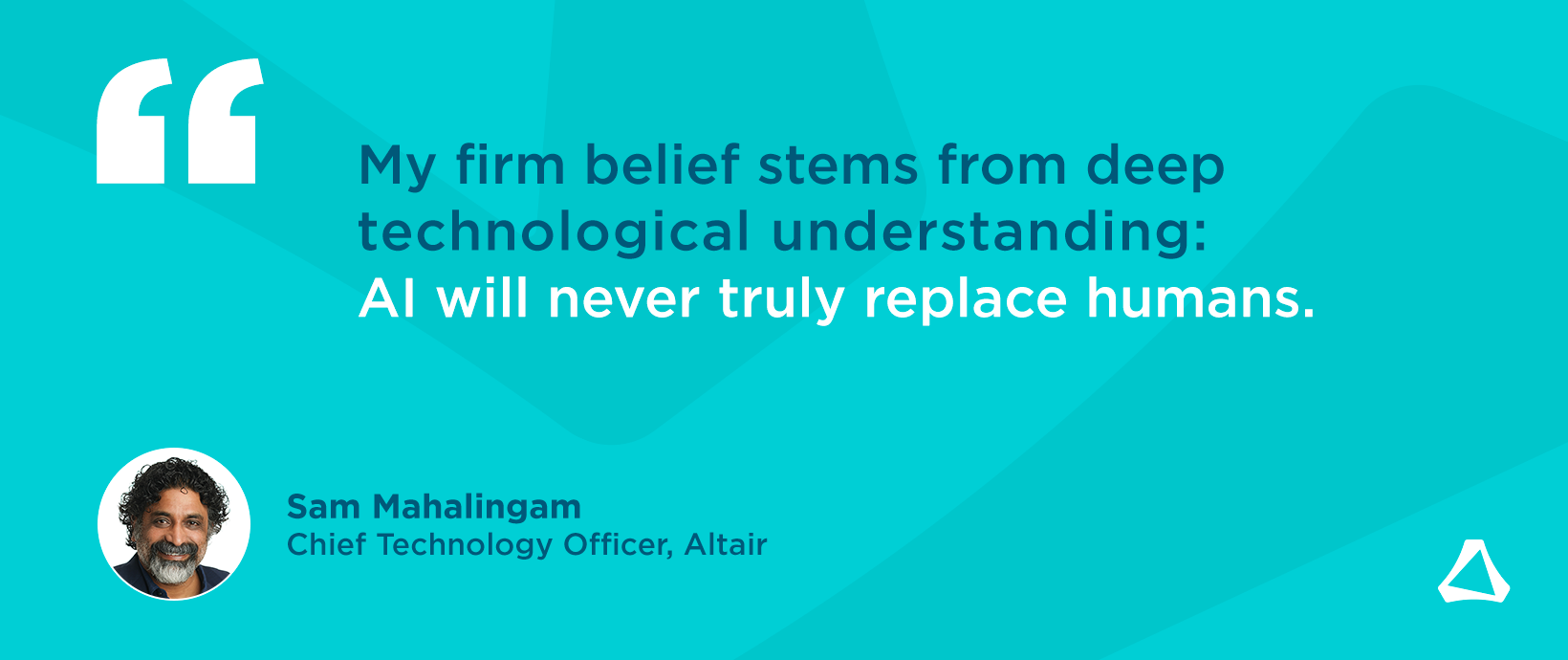Can Data Analytics Put You Behind the Wheel of an Electric Vehicle?

Across the world, electrification of personal mobility is one of the more visible manifestations of society’s response to climate change. Momentum to transition to zero emission vehicles may be growing, but adoption in the U.S. remains minimal. In 2020, pure electric and plug-in hybrid models accounted for just 2% of new car sales. For political leaders and the automotive industry, there is a compelling need to understand what will increase these slim figures. What’s driving people to make the move to electric, and what’s stopping more from doing so? How can we encourage faster adoption? In determining the potential for electric vehicle sales at a local level, which consumer characteristics (like age, income, political affiliation, marital status, etc.) are significant?
Given Altair’s track record in advanced data analytics, we were confident we could find some answers. We also believed that finding them would highlight the power of our data analytics solutions. Of course, our tools are already delivering fast, accessible insights for many complex manufacturing efficiency and process automation challenges. However, it can be tricky to turn these use cases into a broader understanding of the possibilities of big data, machine learning (ML) and artificial intelligence (AI). That’s why we focused our attention on the world of electric vehicles to demonstrate the possibilities.
The basic principles are simple: By applying ML to relevant historical data, we can impute the missing values in that data. From the complete datasets we created, we identified key indicators and variables. Now, businesses can use the data to inform strategic decisions, such as where, when, and how to best market electric vehicles. For politicians, the insight can support better policy making, such as considering the merits of investment in charging infrastructure or tax breaks for zero emission vehicles.
We started by sourcing free public domain data from 15 U.S. states at the county level from 2019. We then used it to predict and explain the level of electric vehicle adoption in the remaining 36 states. Nearly 75 variables were collected. From these, 30 were selected for modeling on topics that include households with computers and Internet access, commuting habits, 2016 presidential election results, education and income, local laws and incentives, and the number of charging stations.
The workflow encompassed three basic steps. First, R code was used to access APIs from which data was collected and pre-processed into a CSV file. This was then input into Altair® Knowledge Studio® for data preparation, modeling, model evaluation, model validation, and scoring. The scored data was output into an Excel file, and we employed Altair® Panopticon™ to visualize the results.

And what did our findings reveal? In broad terms, for states where the EV registration data was unknown, the counties we predicted would see high levels of electric vehicle adoption were characterized by a population that had relatively high proportion of degree-educated citizens with relatively high median household incomes, and they generally lived in densely populated metropolitan areas. As for the influence of local governments and public bodies, about 90% of the counties had medium to high numbers of charging stations, and nearly half of those counties were in states that had at least ten laws and incentives related to electric vehicles.
For carmakers looking to target the still-niche electric vehicle buyer market in the U.S., such data is gold. For politicians, it adds fuel and greater understanding to the current debate. Currently, evidence suggests that investing in and incentivizing electric vehicle adoption has a positive impact. And it’s apparent that electric vehicles remain confined, at least today, to affluent, urban populations.
In undertaking this project, we were eager to showcase Altair’s data analytics capabilities. But there is also a larger story here. In recent years, AI and big data have generated plenty of negative headlines. Some of these reflect justified concerns over privacy and the consequences of rogue and biased algorithms. However, we shouldn’t ignore how we can use AI and data analytics to create lasting, positive change. As we face daunting global challenges like COVID-19 and climate change, we can and should be looking for ways we can use AI and data analytics to solve these problems.
Check out the interactive map below – powered by Panopticon – where you can zoom in and out to understand adoption rates and demographic details for counties nationwide. Simply double-click a county to see more detailed data.





